Designed for high school grads in a gap year, and for rising sophomores and juniors taking time off from college
Dates tbd
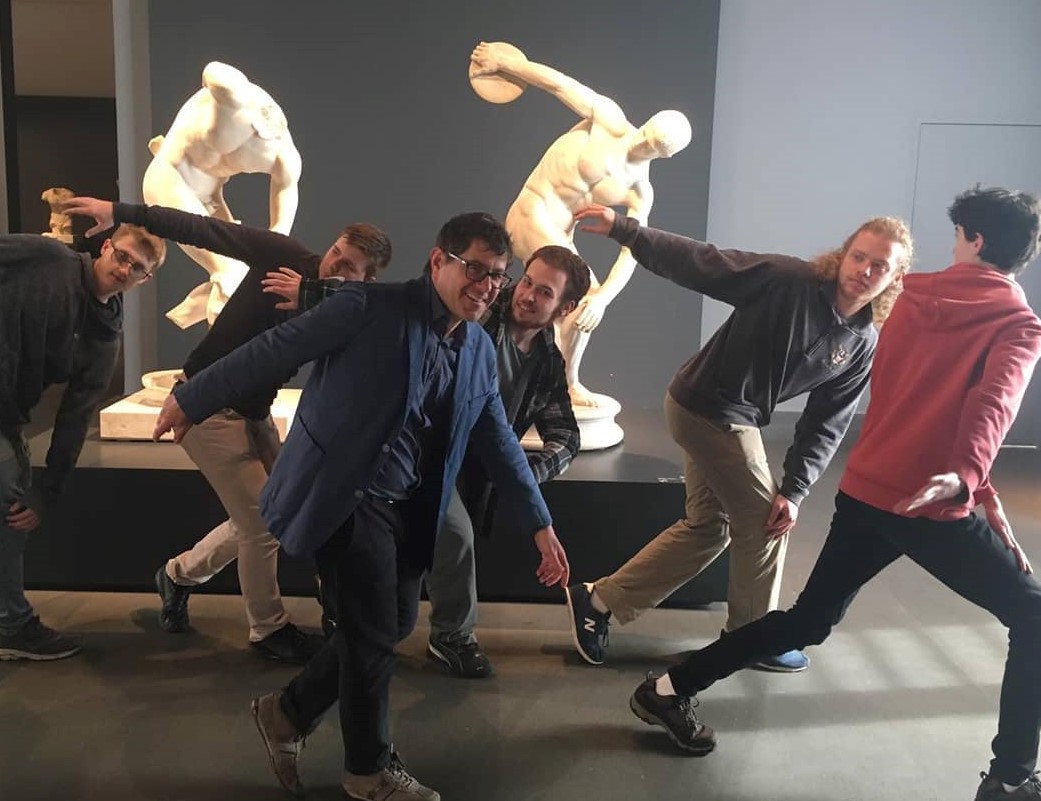
This is an in-person program in Rome. Please visit our Online Pre-Bac page for online courses.
Course description
Many serious students in the US are heartbroken to miss out on the college experience for which they had been preparing. RILA is offering a program in Italy for students like them who want a serious and rigorous education, and who also recognize an unexpected opportunity to get to know themselves and the world more deeply. This crisis is a chance for a college age person to take a trip abroad and get to know another culture in addition to the thinkers, the art, and the history of the past. For some it is a preparation for further studies in the humanities when they return to college, for others it is a chance to look around and get a broader understanding of the larger world before the pressures and responsibilities of a college career limit them to a major and a career path.
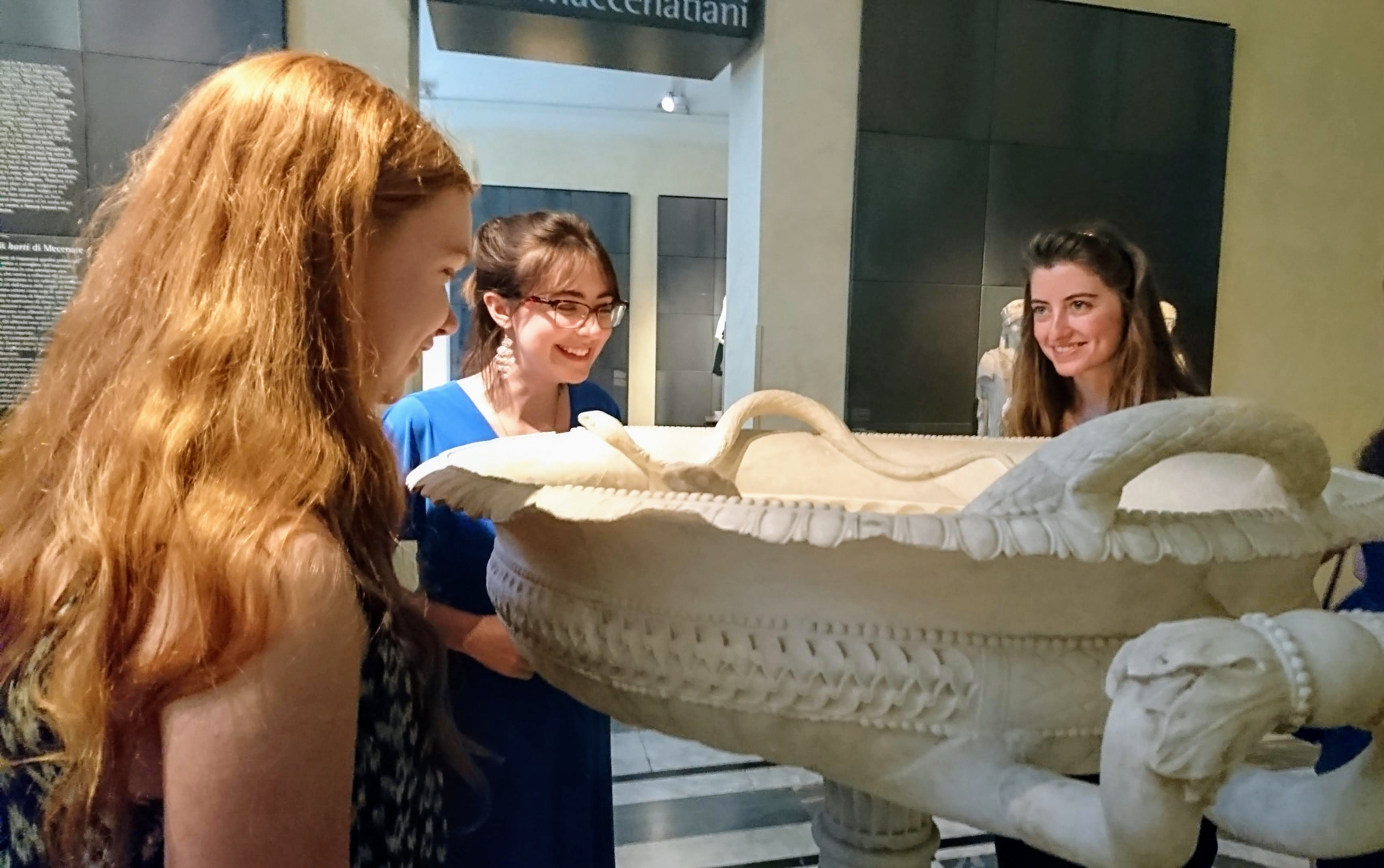
The Rome Pre-Bac offers courses in the humanities centered around the historical and artistic legacy of Rome. Students take classes that require serious reading and reflection, but at the same time make Rome part of the classroom. RILA classes have a maximum of ten students, much smaller than what pretty much any college in the US is offering. That offers close attention from the program directors as well as small classes with dedicated faculty and a community with a shared purpose. Small classes are essential to good discussions that give students the chance to engage with the material through their own questions and thus have something at stake in what they learn. In addition to classes, lectures offer students the preparation they need to understand the works of art and the historical material they encounter. Often those lectures can take place right in front of the works of art and right inside of the historical sites we study.
Rome offers a unique and amazing way to learn. Its art and its history can supplement a liberal education: while the texts that we read help reveal what is worth thinking about in Rome, Rome’s art and architecture offer new perspectives on the texts and issues.
Courses
Ancient History from the Inside: Classics in Social and Political Thought
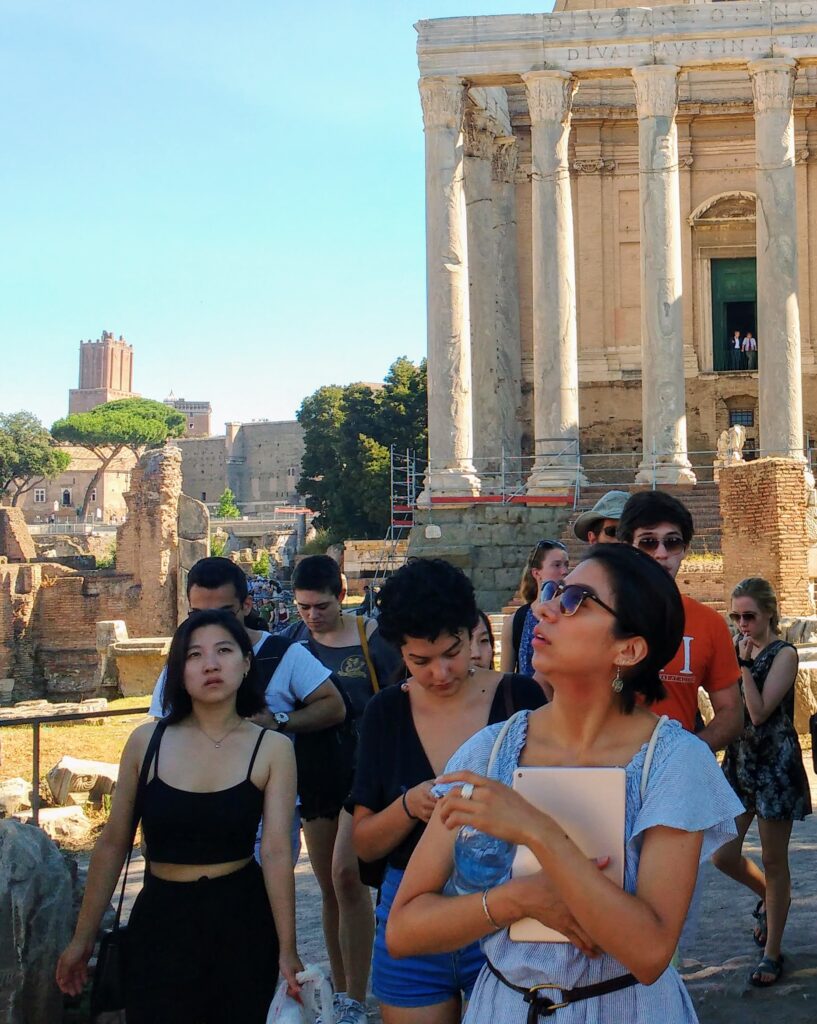
This course focuses around the period of the Roman republic and empire, exploring ancient history and political philosophy broadly construed, including philosophical and literary works, from Greece to Rome. By focusing on important texts that are still worth thinking about today, it gives us an inside view on what motivates the history, rather than just the facts and dates. For this reason, it gives us a chance to reflect on how the Roman republic is of relevance today for our modern republic. We will explore questions about what makes a republic possible, what preserves it and what destroys it. We will reflect further on the impact of the regime on the souls of the citizens that live under it. While these questions are timely reflections for considering the state of the republic today, they also offer windows into timeless questions about the relation between the political life and human beings.
Course meets three times per week, 1.5 hours per meeting
Readings:
- Thucydides, Peloponnesian War.
- Livy, Ab Urbe Condita.
- Polybius, Histories (Rise of the Roman Empire).
- Plutarch, Lives of Alexander, Caesar, Cato, Antony
- Virgil, Aeneid
- Tacitus, Annals
- Marcus Aureulius, Meditations
- Augustine, City of God
The Emergence of Early Modern Art in Rome
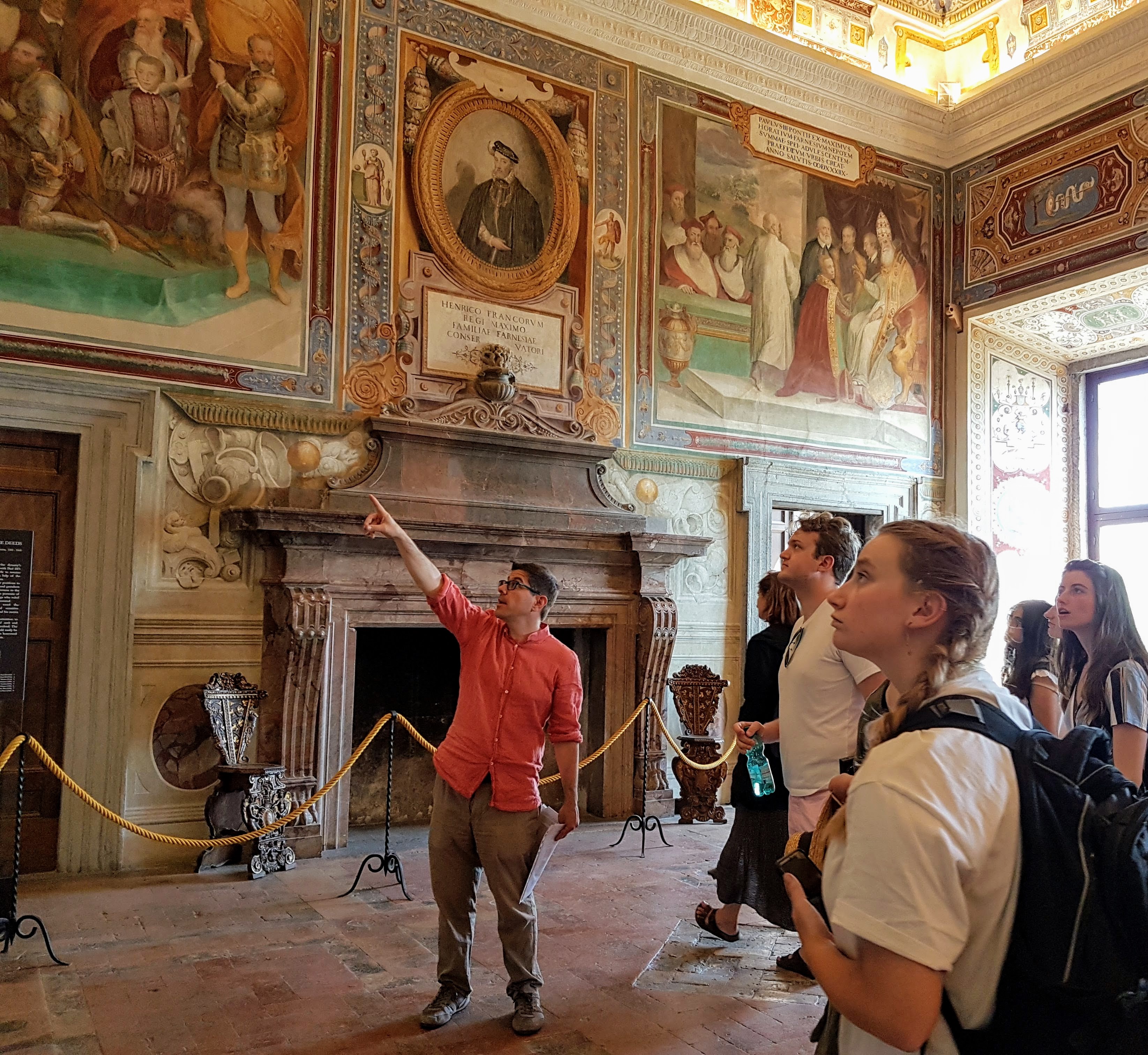
This course uses art and architecture to focus on fundamental philosophical questions. In the process we will ask questions about the nature of art: How can we capture the world in art, and at the same time see ourselves? Is the aim of the artist the imitation of nature or a more purely creative act? We will also gain fluency and thoughtfulness about movements and terms in western art history that have significant implications for the nature of art. We will study incredible works of art and architecture, usually in person through excursions. We will look at works of ancient sculpture and painting, medieval mosaics, and some of the most innovative and influential renaissance and baroque art by Raphael, Michelangelo, Caravaggio, Bernini and others.
Trips to other cities will supplement Rome’s art history with the gothic, quattrocento art, and mannerism. Rome is also an incredible opportunity to explore the most important buildings in the history of architecture: we will look at major ancient and medieval architecture alongside foundational early modern architecture by Michelangelo, Borromini, and others.
Seminars twice per week, two hours each. Excursions additional, see below.
Readings:
Short readings in art history will supplement our exploration of art, as well as selections from:
- Vitruvius, On Architecture
- Aquinas, Summa Theologica
- Dante, Divine Comedy
- Alberti, On Painting
- Leonardo da Vinci, Notebooks
- Vasari, Lives of Painters
- Hegel, Aesthetics
- Nietzsche, Advantages and Disadvantages of History
- Wallace Stevens, Noble Rider and the Sound of Words
…and other short readings in art history.
Italian language course
Although students are not required to know any Italian, and all the readings will be done in English, the Italian language class is an important component of the program. It makes students’ experience in Rome more meaningful and interesting. The course is an entry level class, designed for students with no prior knowledge of the language. It is an intensive course, aimed at giving students a basic knowledge of Italian grammar and vocabulary. It will focus on immediate language needs in daily life, with attention to the development of listening, understanding and speaking skills.
Tours and excursions
Tours are built into the courses described above. Every week this will take us on two or three or more trips to sites in Rome. Other trips will go outside Rome, to nearby places like Naples, Tivoli, Caprarola, and Orvieto. In addition, RILA organizes optional overnight trips further afield, to Padua, Venice, Siena, and Florence.
We will explore ancient Rome in the Forum and the Palatine Hill (where the emperors built their palaces). We will examine symbols of Roman peace like the Ara Pacis and other Imperial monuments. We will study the development of Greek and Roman art in the many collections of ancient art in Rome, in the Palazzo Massimo, the Palazzo Altemps, the Vatican Museums, the Capitoline Museums, and elsewhere. We will compare the astronomical tools and cosmological implications set into ancient, medieval, and early modern buildings. We will visit a variety of ancient Churches and a catacomb. We will explore palimpsests, where each floor is built centuries before the one above it, in some cases leading to ancient pagan temples below medieval churches like S. Clemente and S. Cosma e Damiano. We will trace the rise of modern art and architecture from the renaissance and the baroque in the many great works of Alberti, Bramante, Botticelli, Perugino, Raphael, Michelangelo, Titian, Caravaggio, Borromini, and Bernini.
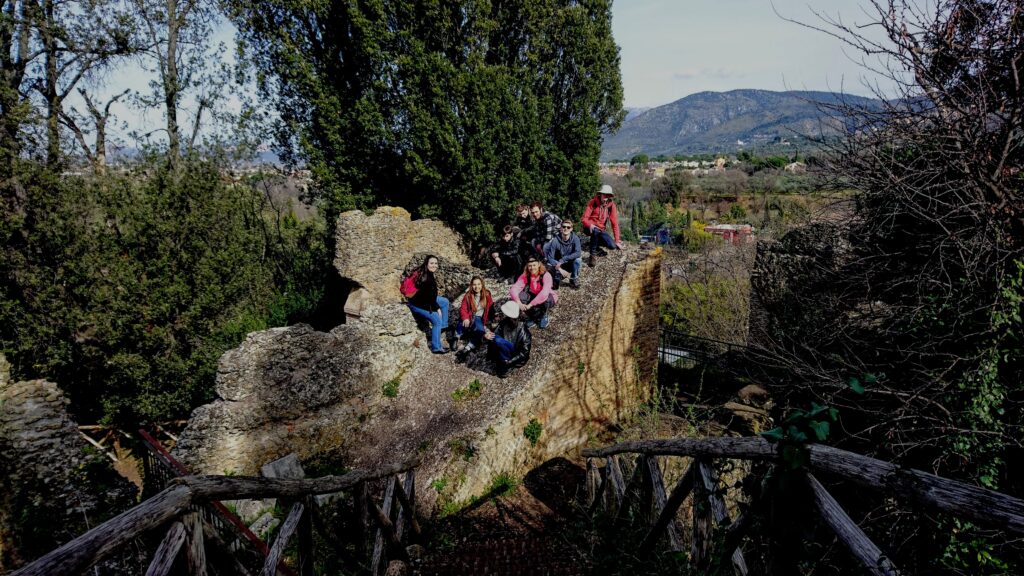
As well, we will take a number of all-day excursions outside of Rome, to places like the medieval city of Orvieto, once a papal seat, and the home of Aquinas, with its famous frescoes of the last judgment by Luca Signorelli. We will go to Tivoli, with its vast ancient ruins of the villa of Hadrian, and other enchanting medieval and Renaissance villas and gardens that imitated it, making Tivoli a key destination for romantic thinkers and painters. Another trip will go to Naples, which was originally a Greek colony, with its vast archaeological and artistic wonders, along with a vibrant modern city.
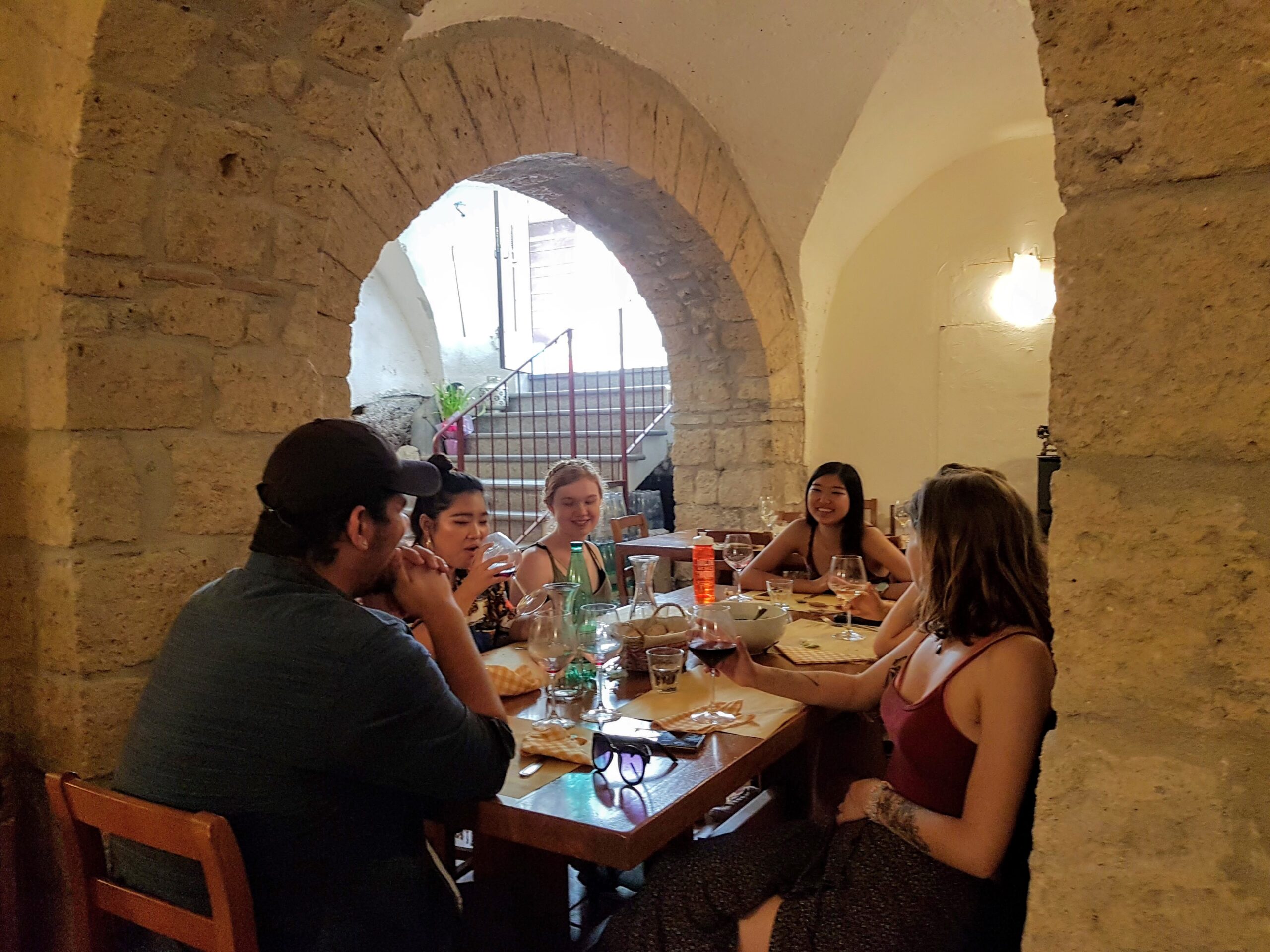
We will organize a number of optional overnight trips. We will go to the Tuscan cradles of late medieval and renaissance art and architecture, Siena and Florence, where we can reflect on the rise of the Italian city-states, and the revolution they prepared for modern art and culture during the Renaissance. We will also organize a trip to Padua and Venice, where we can see masterworks of painting and architecture. These cities offer a chance to reflect on great medieval art and architecture, the rise of early modern science, and radical modernism in Venice at the beginning of the twentieth century.







































































